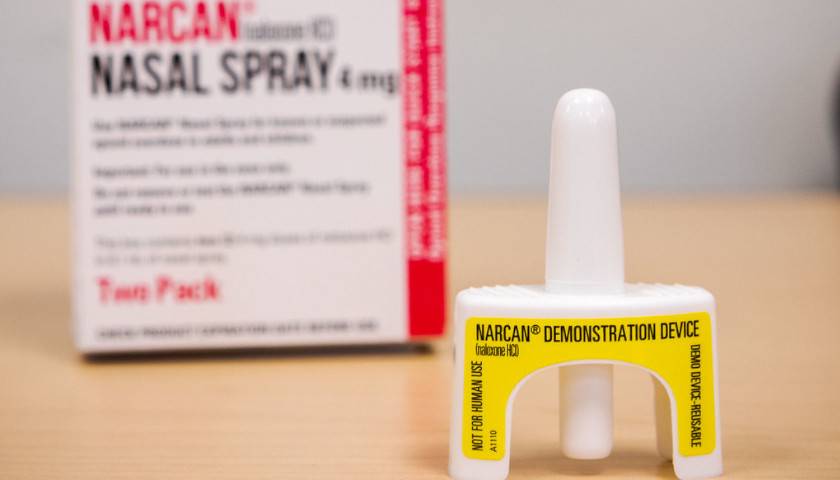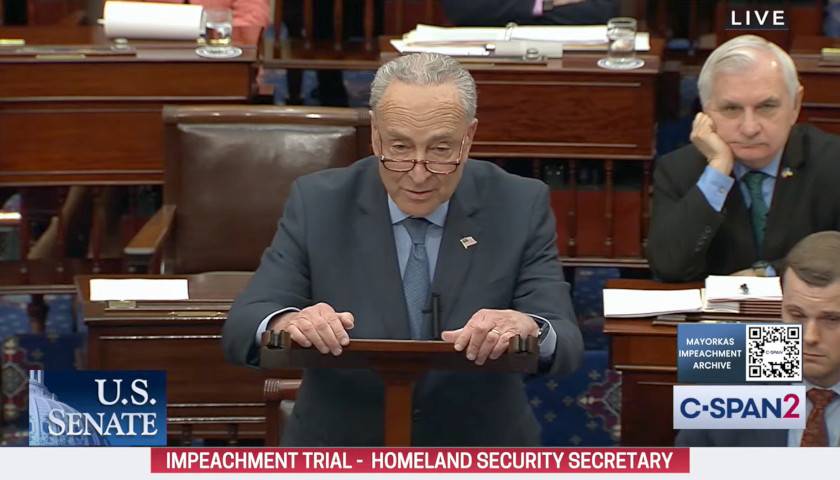by Grace Emery
Ten years ago, I had never heard the word “fentanyl.” Now, every sorority and fraternity on my college campus is equipped with Naloxone, also known by the brand name Narcan, a lifesaving medication used to treat opioid overdoses.
The fentanyl crisis is acutely felt on college campuses. Oftentimes, college students will take a pill that they thought was Xanax or Ritalin and end up dead.
According to federal data, the leading cause of death for Americans ages 18 to 45 is fentanyl overdose.
In the last three years alone, examples include three students at University of North Carolina Chapel Hill dying from fentanyl poisoning, and two students at Ohio State University died within a week of each other from fentanyl.
Having seen the horrors of fentanyl nationwide, and particularly in the state of Arizona (where more than five people a day die due to opioid overdoses, according to the Arizona Department of Health Services), students at the University of Arizona are leading the way in increasing access to Narcan, fentanyl test strips, and other overdose prevention measures.
On the University of Arizona’s campus, the presidents of 13 sororities and 18 fraternities have access to Narcan.
“As a chapter of over 425 members, 96 of which live in our chapter facility, it was crucial for us to have those options available,” Kappa Kappa Gamma sorority President Sasha Sanderson told me in an interview. “Having access to Narcan and fentanyl test strips in the house gives me peace of mind.”
The University of Arizona’s student-run emergency medical services team has increased access to Narcan on campus by providing a “Narcan locator” on the university website. The locator shows a map of the surrounding community and pins Narcan distribution sites. The website also provides information about Narcan training and distribution on campus.
The medical services team has collaborated with Greek-life organizations and is now turning its sights toward dormitory buildings to ensure more students have access to the lifesaving effects of Narcan.
“As with any safety issue, knowledge is important. We try and maximize the awareness of the dangers of opioids. The state of Arizona has a law which permits EMS/police agencies to leave behind prepackaged intranasal naloxone,” said the team’s public information officer, Tamra Ingersoll.
“We have worked with Greek Life, and as our partnership continues to evolve with Counter Narcotics Alliance (CNA), we will be working with Resident Life [on-campus housing] to ensure that Naloxone is available among the first aid items in student living areas,” she said.
Fentanyl is one of the most common drugs involved in overdose deaths because of its highly potent nature.
“Fentanyl is a synthetic opioid that is up to 50 times stronger than heroin and 100 times stronger than morphine,” according to the U.S. Centers for Disease Control and Prevention.
Because the nature of a drug deal is illegal, drug dealers don’t have to provide ingredient lists, meaning that they can lace drugs with fentanyl unbeknownst to the user. Dealers are incentivized to use fentanyl as a filler because it is faster and cheaper to produce than other drugs.
It is nearly impossible to tell if a drug has been laced with fentanyl before use. And drug dealers will taint anything from counterfeit prescription medicines that they sell online to stronger substances like cocaine. It only takes 2 milligrams of fentanyl, which is the equivalent of about 10-15 grains of salt, to kill someone.
It’s crucial to understand that fentanyl deaths aren’t just affecting long-term drug users. They also affect college students who take a pill that they thought was safe and end up dead. College kids have always made mistakes, but nowadays, a mistake could cost them their lives.
While student-led efforts to prevent fentanyl overdoses are noble, experts suggest we would be better off stopping the flow of fentanyl into the country to begin with. That starts with sealing the border.
“Fentanyl is infiltrating our borders and killing our citizens. We must take both national and international action,” wrote Heritage Foundation legal expert Hans von Spakovsky.
Fentanyl is smuggled into the country through legal and illegal ports of entry, highlighting a serious security issue for the U.S.
In 2023, over 27,000 pounds of fentanyl were seized at legal ports of entry along the southern border. However, the majority of fentanyl is smuggled between ports of entry—meaning there is no way to know how much fentanyl is in the U.S.
In the same way the Biden administration could stop the flow of illegal migrants across the border, it could also stop much of the flow of fentanyl into the country.
Defending our border and stopping the flow of fentanyl is critical if we want to protect American college students.
I hope that in the next 10 years, we can return to a time when “fentanyl” wasn’t in my regular vocabulary.
– – –
Grace Emery is a member of the Young Leaders Program at The Heritage Foundation.
Photo “Narcan” by Governor Tom Wolf. CC BY 2.0.




